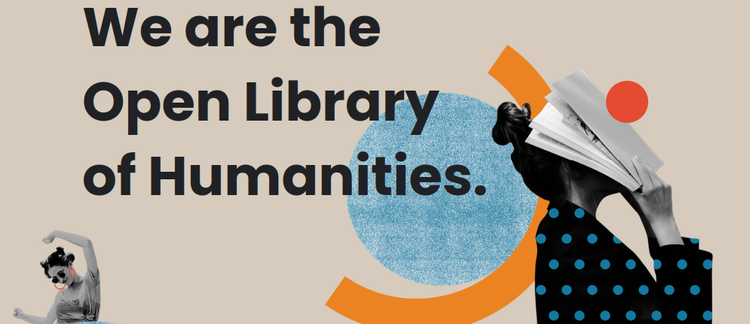Overlay Journals and Peer Review
Posted by Martin Paul Eve on 19 April 2015



Jefferson Pooley (Muhlenberg College, US) has recently published an article that considers how overlay journals can transform communication studies research. "Sinking the Flagship: Why Communication Studies is Better Off Without One" was published in the International Journal of Communication (Vol. 9, 2015) and suggests that since there is no single flagship journal in communication studies, the traditional understanding of such a journal as a proxy for academic quality does not apply to the discipline. Communication studies research is therefore in a position to experiment with new forms of scholarly publishing that "unbundle" journal titles and are not constrained by issues of artificial scarcity (length of articles, number of pages within each issue).
In the digital age, open access journals like the Open Library of Humanities can therefore provide what Pooley calls an "ingenious alternative" model for publication which dispenses with author-facing charges: "a sprawling, open-access journal that takes submissions without regard to specialism, then sends articles out to qualified specialists. The review remains double-blind, but there is no artificial, page-limit backlog." In particular, the Overlay Journals that the OLH will provide through its platform offer an opportunity to retain journal brand and autonomy within a large-scale megajournal – enabling editorial boards to open up the discoverability of their articles whilst also preserving the niche specialism and focus of their particular research. As Pooley continues:
If this library-subsidy model works, the mega journal would still have a thorny problem. Is it not a bit silly, whatever the cost savings from sharing one big infrastructure, to publish articles on Keats and Kenyan macroeconomic policy in the same journal? Perhaps, as I have argued, the individual article needs a traditional journal like a fish needs a bicycle, but there are some benefits. Discovery, for example: We glance over the tables of contents (perhaps delivered by e-mail) for the titles that publish in our subfields. And journal editors are selected, presumably, for their specialist expertise and potential-reviewer networks.
It turns out that there is a solution-in-waiting for this problem too: the “overlay journal.” In this model, standalone titles sit atop a mega journal’s infrastructure (not unlike the way a “publication” like Backchannel lives within Medium.com). As an “overlay journal,” the publication retains its own editor and editorial board and farms out reviews just like any other double-blind title. The mega journal handles the infrastructural backend: the submission process, typesetting, copyediting, alerting, and hosting. Let’s say you start a Journal of the Internet of Things as an Open Library of Humanities overlay. Your journal would have full autonomy to review submissions and organize special issues, all of it published on your own, OLH-hosted site. In addition, depending on your preferences, you could “curate” relevant articles already published (and peer-reviewed) in the wider OLH mega journal. You would, in effect, incorporate those pieces into your Journal of the Internet of Things.
You can read Jeff Pooley's article in full at the International Journal of Communication.
Image by Kristoffer Dominic Amora under a CC BY-NC-ND license.

